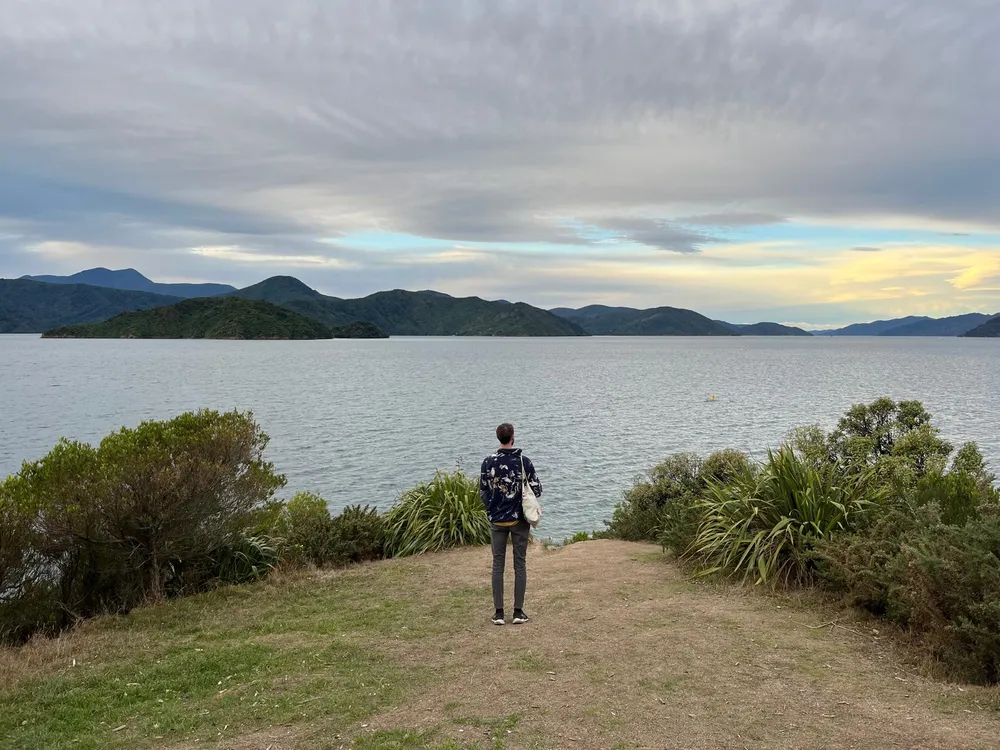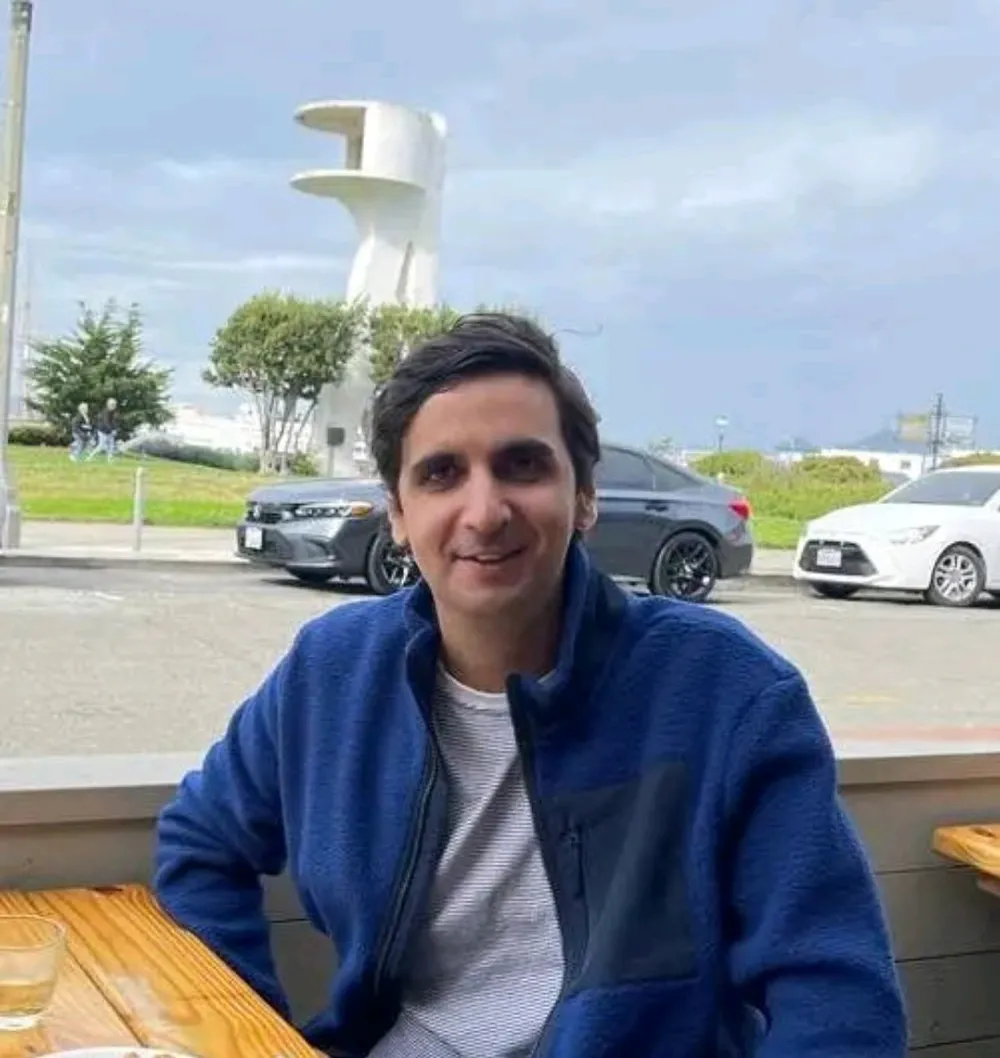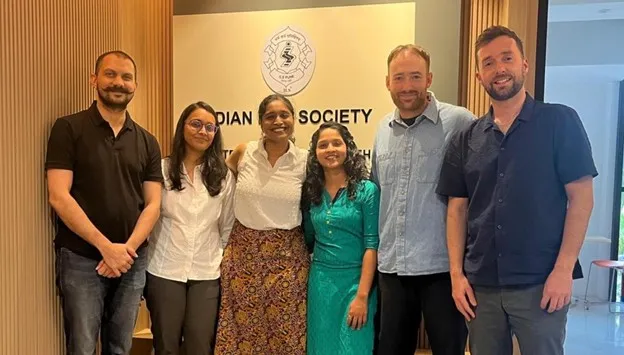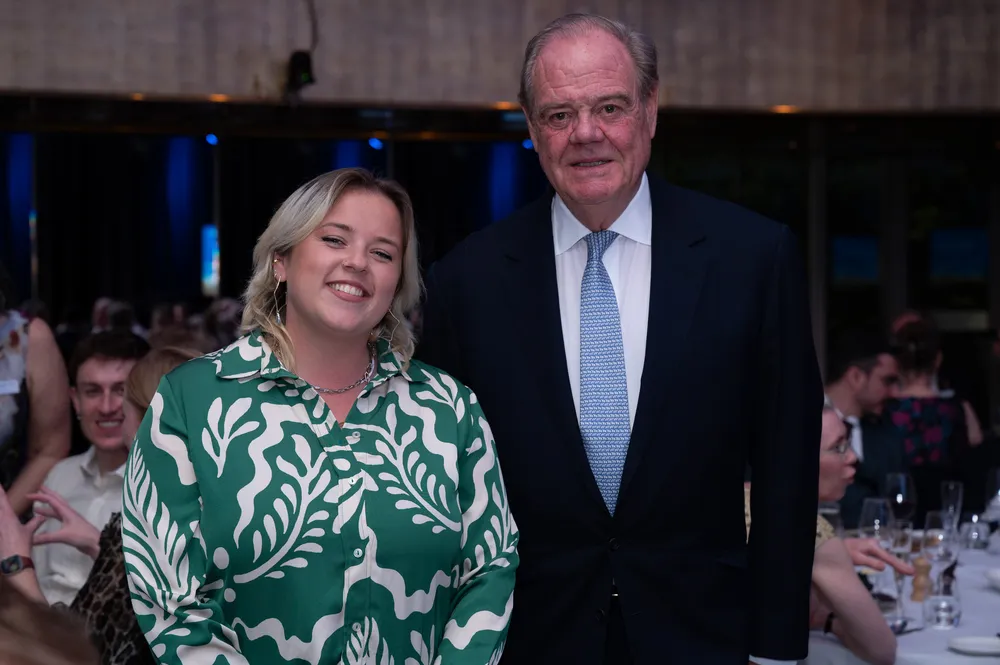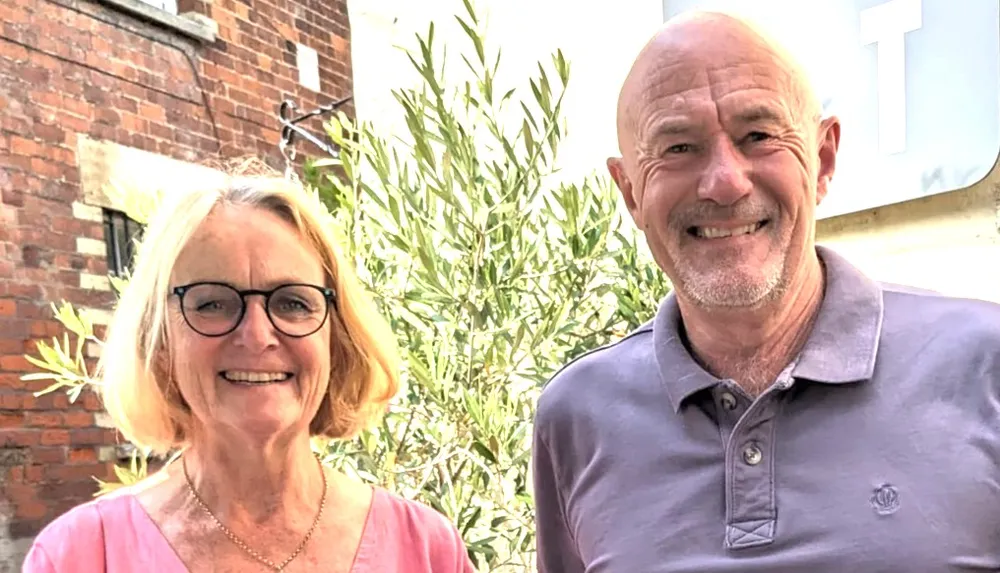His successors in the Home Office, and later, now, in the Ministry of Justice, will likely recognise this sentiment. And no more so than now, when intense capacity and staffing challenges have prompted urgent and fundamental reviews into how and why we incarcerate.
The most alarming and tragic item on any ministerial priority list must always be the continued number of self-inflicted deaths that take place in detention. Between June 2024 and June 2025, there were 86 – a grimly consistent total. Distressingly, it is increasingly common for these to take place in “clusters” of multiple deaths within the same prison.
The impact of a suicide in prison is devastating for the bereaved family – and can also have significant damaging ramifications for other prisoners, as well as those charged with their care and oversight. People living and working in prisons experience an unusually high level of exposure to suicidal behaviour, yet the concept of prison postvention – meaning systematic aftercare following a suicide – is new and underdeveloped. It certainly has not yet reached the same level of sophistication as it has in some community settings, where follow-up support after, for example, clusters of university student suicides is now well established.
My Churchill Fellowship set out to understand what more could be done to develop tangible postvention models for both prisoners and prison staff. There is clearly a growing recognition that something needs to be done. Indeed, my period of travel – to New Zealand and Australia, then later to Canada – took place just as the prison service and Samaritans were rolling out an ambitious new postvention intervention in prisons in England and Wales.
My research shed light on the intense challenges of embedding postvention in prisons. These include the complex layers of prior inmate trauma, a stubbornly secretive prison culture, and the unique geographical contradiction of custody – intense isolation combined with constant proximity to others, to name just a few. Supporting prison staff is also highly challenging, given their accumulated exposure to serious incidents. Staff also face the necessary but often retraumatising experiences of investigations and inquests.

